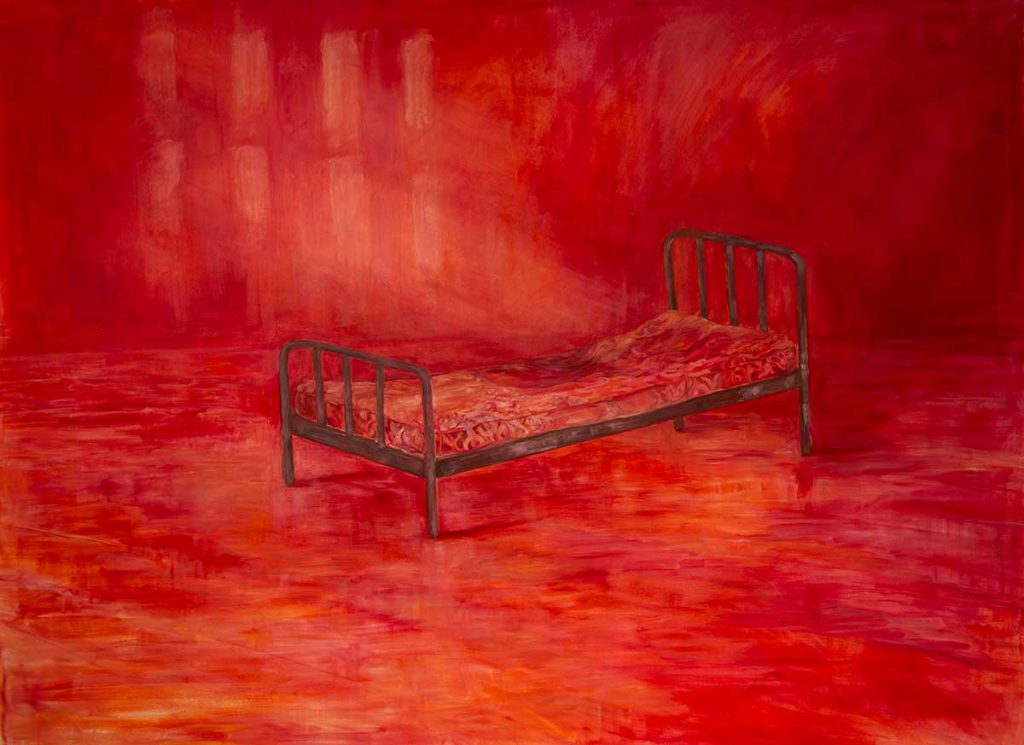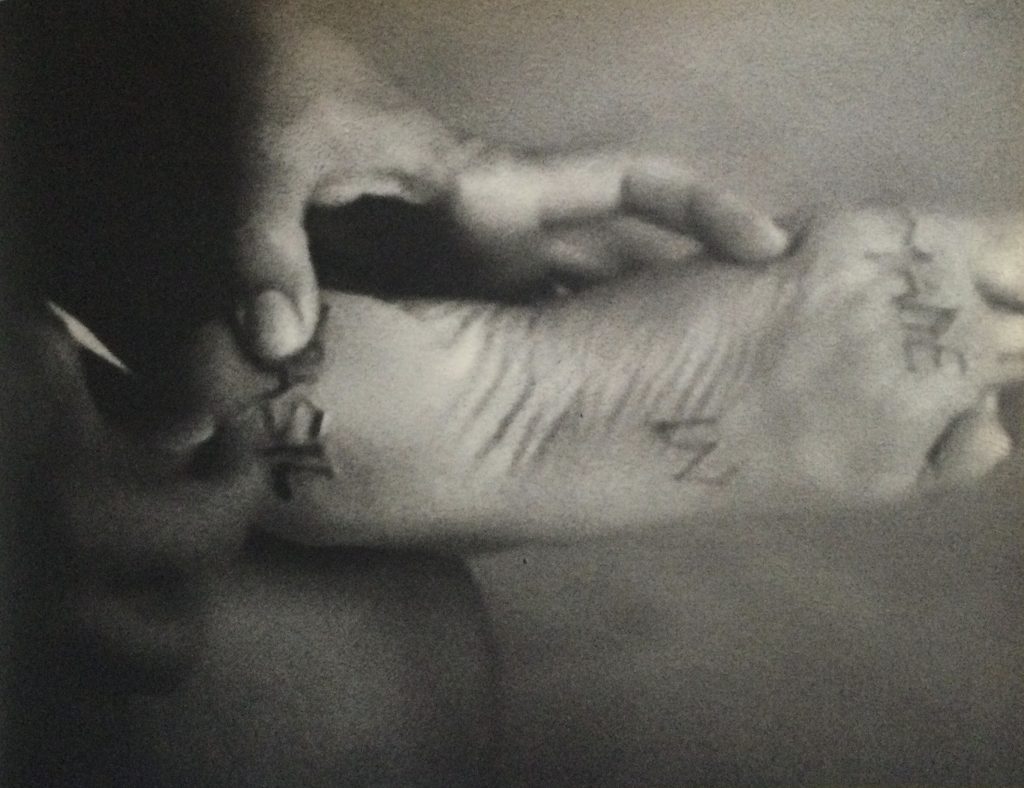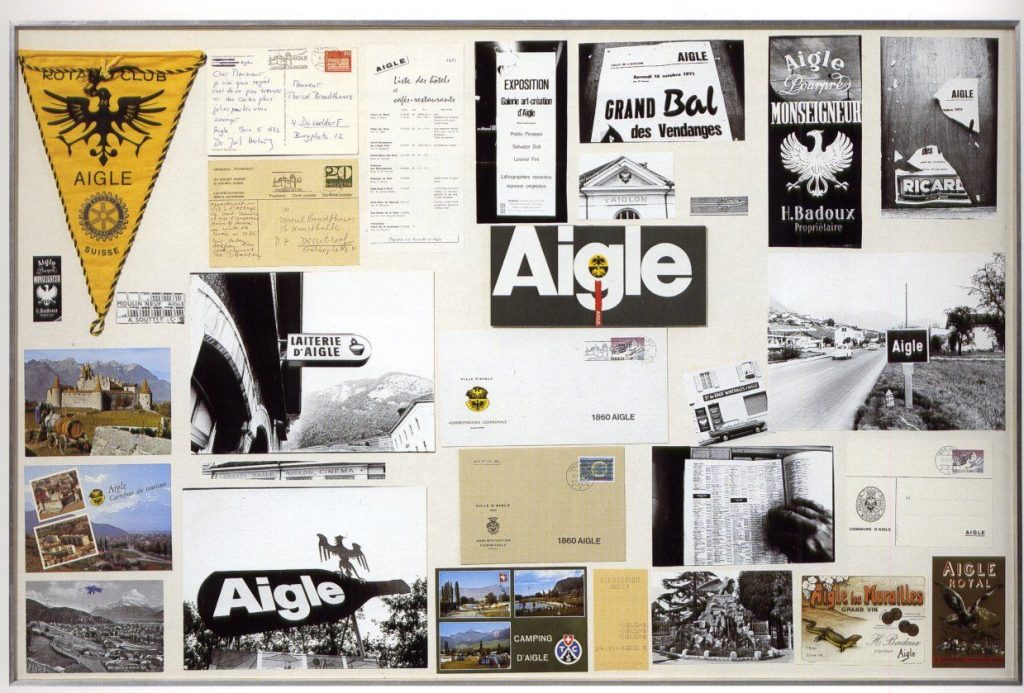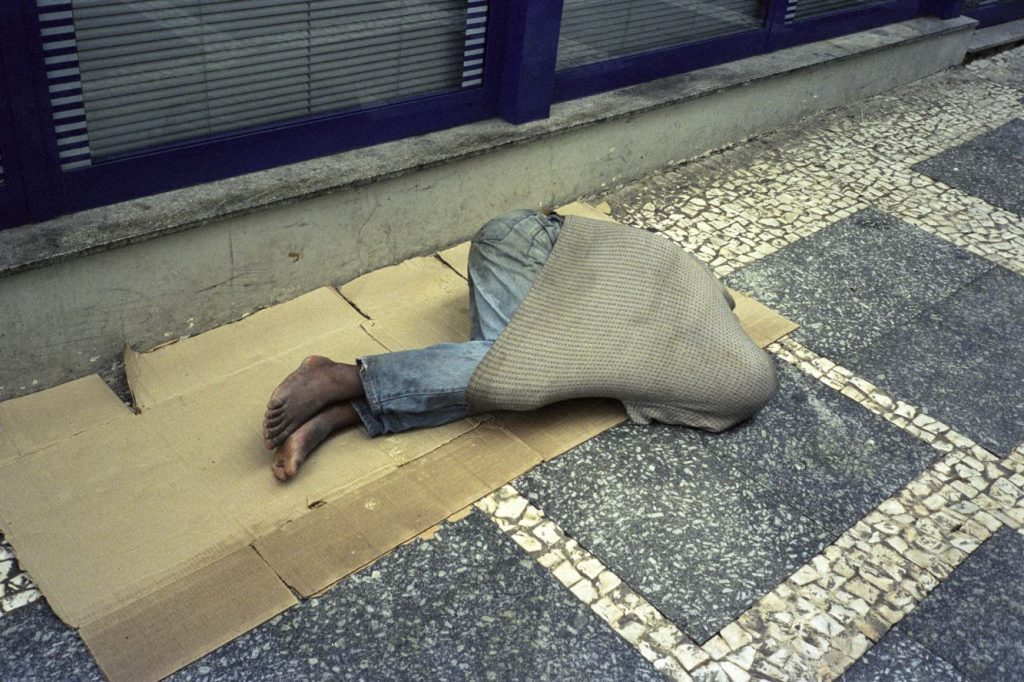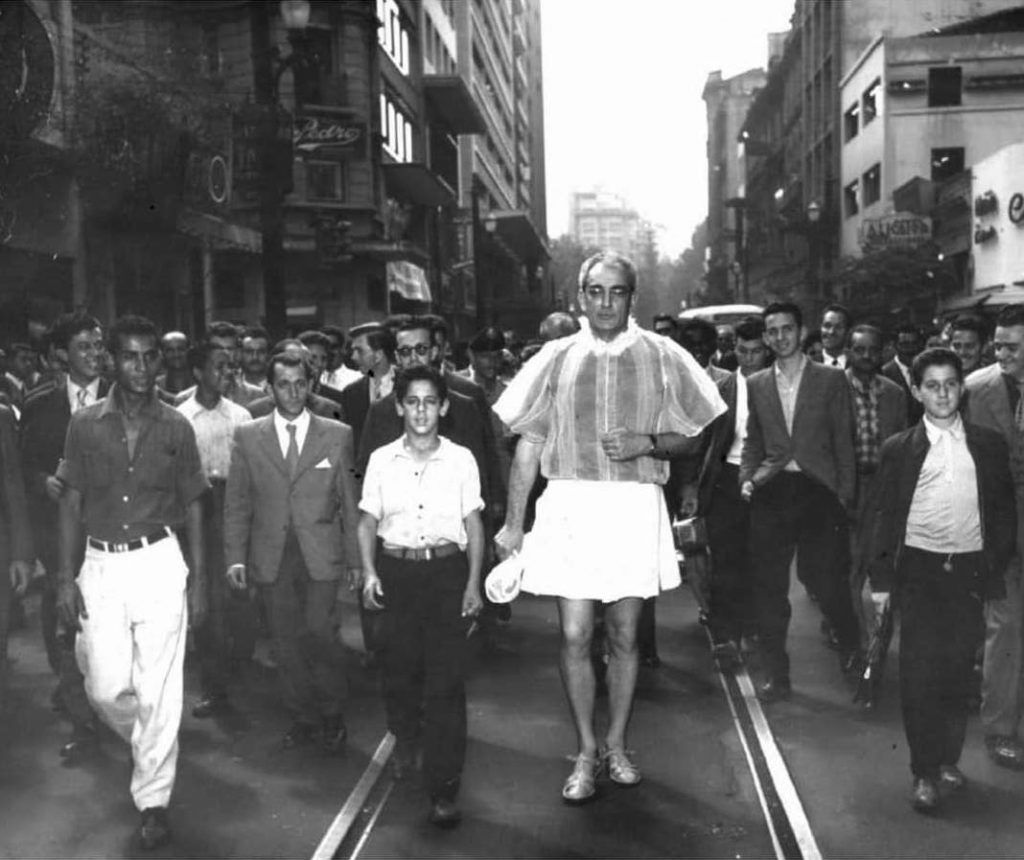SKIN OF A HYPER-REALISTIC DESTITUTE DOLL
In this text, the chosen sites and the corporal condition of the hyper-realistic dolls of Proyecto Filoctetes enter into a dialogue with Marina Garcés, Jean-Luc Nancy, Tadeusz Kantor, homeless people who write – and other voices – speculative fabulations and images – memory, in the spirit of making a home out of the streets and of pretences of destitution. These are passages that, in turn, interweave the phenomenon of otherness, the material changeover and the unfolding in the theater of dolls with the implication of the acts of staring and the boundaries of what is livable given the experiences of destitution and the abandonment of living or dead bodies in the open due to various social circumstances.

